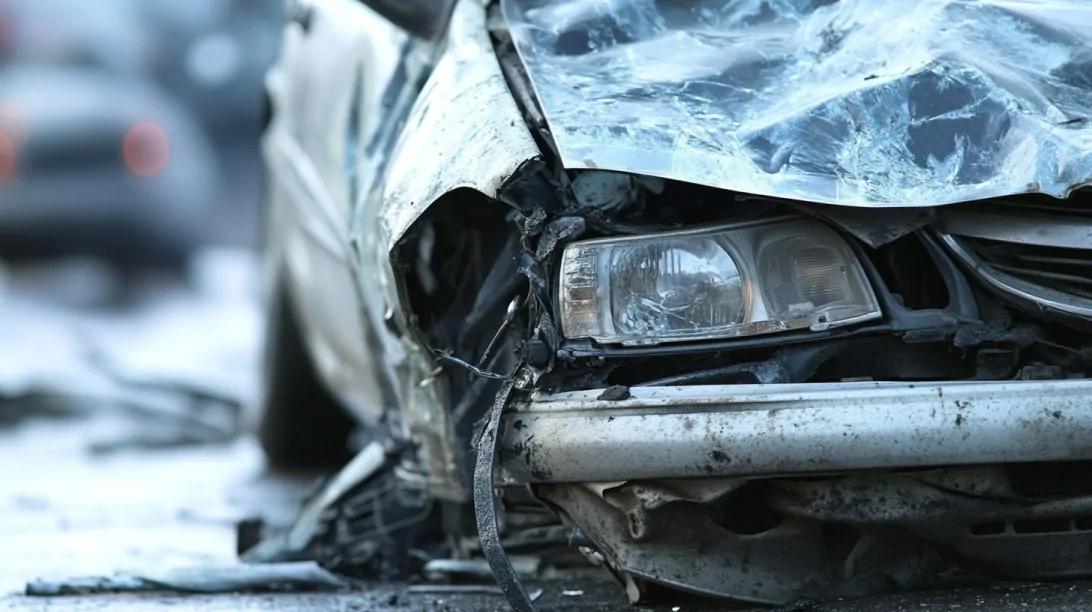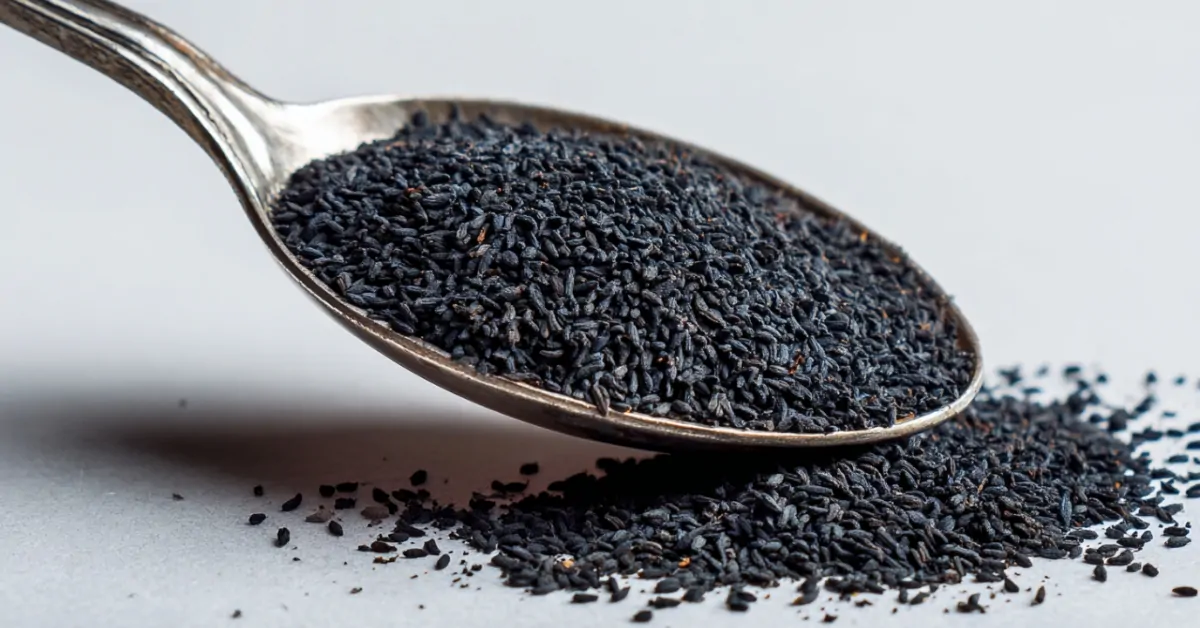As of mid-May 2025, Wyoming has already recorded 35 traffic fatalities in 32 crashes, outpacing the same period in 2024 by a notable margin.
This marks a 25% increase in fatalities and a 28% rise in fatal crashes, signaling a concerning upward trend in roadway deaths.
Year-To-Date Fatality Trends (January–Mid-May)
| Year | Fatalities (YTD) | Crashes (YTD) |
| 2021 | 37 | 33 |
| 2022 | 33 | 28 |
| 2023 | 51 | 40 |
| 2024 | 28 | 25 |
| 2025 | 35 | 32 |
2025 has already surpassed the entire January–May toll from 2024 by 7 fatalities and 7 crashes.
Although not the worst start in five years (2023 still leads), it reverses the decline seen last year.
Contributing Factors in 2025 Fatal Crashes
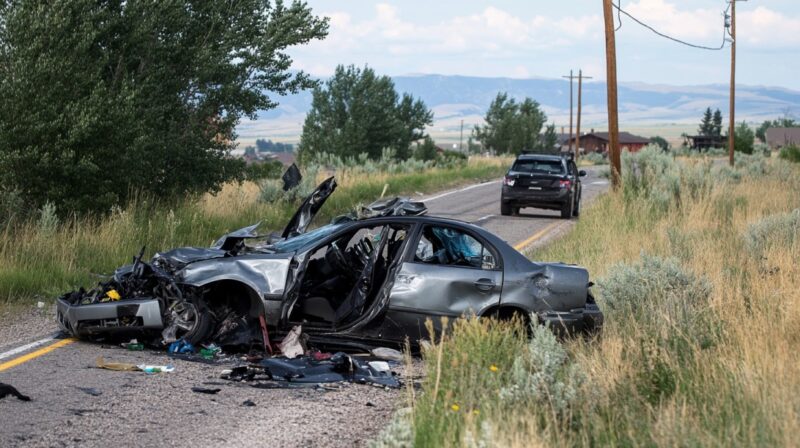
| Contributing Factor | Crashes |
| Speed | 14 |
| Driver Inattention | 13 |
| Driver Fatigue/Asleep | 10 |
| No Factor Listed | 8 |
| Possible Medical Condition | 3 |
| Cell Phone Use | 1 |
| Texting While Driving | 1 |
Human error remains the leading cause of fatal crashes in Wyoming. Speed was the top factor, contributing to nearly 44% of fatal crashes.
Close behind is driver inattention (40%), and fatigue ranks third (31%).
Together, these top three account for nearly 84% of crashes where contributing factors were reported by the Wyoming webapp for fatalities.
This heavy concentration on human behavior indicates that enforcement and driver education efforts may not be penetrating enough. The single instance of texting and cell phone use may underrepresent actual distracted driving, as such behaviors are often underreported.
Road and Weather Conditions at Time of Crash (2025)
Road Conditions
| Condition | Crashes |
| Dry | 20 |
| Ice/Frost | 6 |
| Wet | 5 |
| Snow | 4 |
| Slush | 1 |
| Water Standing | 1 |
| Not Listed | 1 |
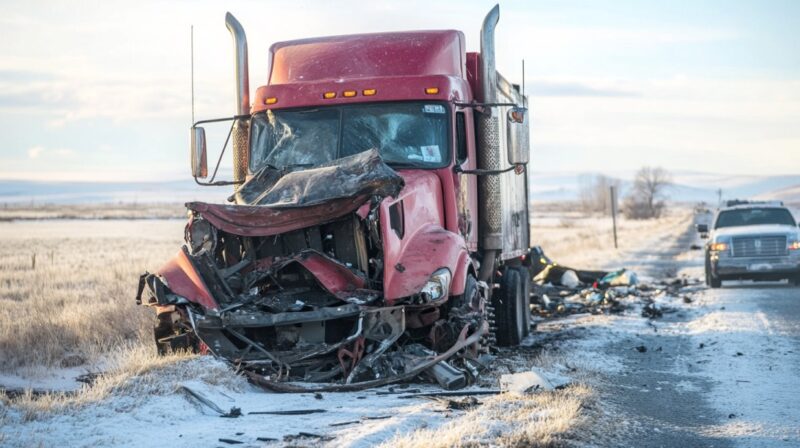
Weather Conditions
| Weather | Crashes |
| Clear | 21 |
| Cloudy/Overcast | 6 |
| Raining | 3 |
| Snowing | 3 |
| Severe Wind | 2 |
| Fog | 1 |
| Blowing Snow | 1 |
| Not Listed | 2 |
A majority of Wyoming’s fatal crashes occurred in ideal driving conditions, with 20 crashes on dry roads and 21 during clear weather.
This further reinforces the conclusion that driver behavior, not environmental conditions, is the critical factor.
The misconception that poor weather leads to most accidents doesn’t hold up here. Bad weather and road conditions combined account for a small minority of the fatal crashes, suggesting that even in the absence of environmental hazards, unsafe driving persists.
Vehicle Type and Protective Equipment (2025)
Type of Vehicle Fatality Was In
| Vehicle Type | Count |
| Passenger | 17 |
| Pickup | 9 |
| Commercial | 5 |
| Motorcycle | 2 |
| Not Listed | 2 |
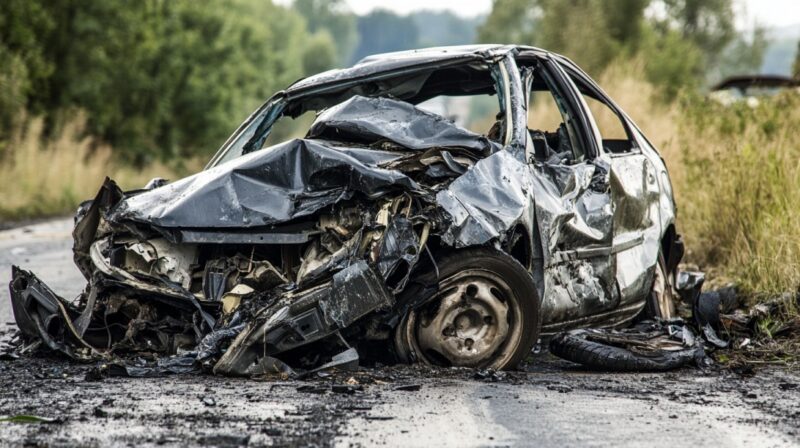
Use of Protective Equipment
| Protective Equipment | Count |
| Seat Belt – In Use | 16 |
| Seat Belt – Not In Use | 14 |
| Helmet – Not In Use | 2 |
| No Info Listed | 3 |
Passenger vehicles and pickups make up the vast majority (74%) of fatal crashes, which is expected due to their prevalence on Wyoming roads. What’s more revealing is that 14 of the 35 fatalities (40%) involved individuals not using seat belts.
This is a critical insight: nearly equal numbers of fatalities occurred regardless of seat belt usage, which is disproportionate considering that most people wear seat belts. Helmet non-use was a factor in both motorcycle deaths, underlining persistent gaps in rider protection as well.
Counties with the Most Fatal Crashes (2025 YTD)
| County | Fatal Crashes |
| Sweetwater | 7 |
| Laramie | 6 |
| Natrona | 3 |
| Albany | 2 |
| Carbon | 2 |
| Hot Springs | 2 |
| Lincoln | 2 |
Sweetwater and Laramie Counties together account for 40% of all fatal crashes in the state this year, which is unusually high.
These counties contain high-speed interstates like I-80 and I-25, which may explain their overrepresentation.
The concentration of crashes here suggests a geographic focus area for law enforcement and safety interventions. Increased highway patrol presence and targeted campaigns in these counties could help reverse the trend.
Reporting Agencies (2025)
| Agency | Crashes |
| Wyoming Highway Patrol | 26 |
| Police Departments | 3 |
| Sheriff’s Departments | 3 |
The Wyoming Highway Patrol is the primary responder and reporter for the vast majority of fatal crashes, handling over 81% of the cases.
This suggests that most fatal crashes are happening on highways and rural roads rather than in municipal jurisdictions. It also means that state-level policies and patrol patterns play a decisive role in influencing the fatality rate.
Comparison with 2024
| Metric | 2024 (YTD) | 2025 (YTD) | % Change |
| Fatalities | 28 | 35 | +25% |
| Fatal Crashes | 25 | 32 | +28% |
| Speed as a Factor | 10 | 14 | +40% |
| Crashes on Dry Roads | 15 | 20 | +33% |
| Use of Seat Belt (Yes) | 12* | 16 | +33% |
| Use of Seat Belt (No) | 9* | 14 | +56% |
*2024 numbers estimated from aggregate reports.
Nearly every key indicator of traffic fatality risk has worsened from 2024 to 2025. The largest increases were in speeding-related fatalities (+40%) and in deaths involving lack of seat belt use (+56%). This shows a trend toward more aggressive or careless driving behavior.
The rise in crashes on dry roads and clear weather also supports the conclusion that driver conduct, not road hazards, is the major threat.
Multi-Year Perspective
| Year | Fatalities (Total) | Crashes (Total) |
| 2021 | 111 | 103 |
| 2022 | 134 | 118 |
| 2023 | 144 | 121 |
| 2024 | 107 | 102 |
| 2025 | 35 (YTD) | 32 (YTD) |
Historically, Wyoming has averaged over 110 fatalities per year. The current 2025 trend is troubling because, at only five months in, the state has already reached 32% of its worst year (2023).
If fatalities continue at this pace, Wyoming may see more than 100 deaths again, undoing the apparent improvement made in 2024.
This makes 2025 a critical year to monitor and intervene before it follows the 2022–2023 pattern of triple-digit death tolls.
UMPD Coverage Matters
With fatalities rising — and more than 30 fatal crashes already this year — the odds of being in a crash with an uninsured driver have increased. While the dataset doesn’t specify how many of 2025’s deadly crashes involved uninsured drivers, national data indicates over 14% of drivers in the U.S. are uninsured, according to ConsumerShield. Given Wyoming’s rural road network and increasing crash totals, drivers should seriously evaluate whether they are protected in such cases.
Uninsured Motorist Property Damage (UMPD) coverage pays to repair your vehicle if it’s damaged in a crash caused by a driver who has no insurance, or in some cases, not enough. It may also apply in hit-and-run situations, depending on your policy and state laws.
| Key UMPD Facts |
| Covers vehicle damage caused by uninsured drivers |
| Required in some states; optional in most |
| Not available in all states, including Wyoming |
| It may be redundant if you already have collision insurance |
| Typically costs about $78/year on average |
Unfortunately, Wyoming is one of the states that does not offer UMPD coverage at all. This puts extra importance on carrying collision insurance, especially as crash rates rise. If you’re hit by an uninsured driver and lack both UMPD and collision coverage, you’re likely to be on the hook for repairs.
Counties with the Most Fatal Crashes (2025 YTD)
| County | Fatal Crashes |
| Sweetwater | 7 |
| Laramie | 6 |
| Natrona | 3 |
| Albany | 2 |
| Carbon | 2 |
| Hot Springs | 2 |
| Lincoln | 2 |
Fatal crashes are not randomly distributed — they are concentrated heavily in Sweetwater and Laramie Counties, which together make up nearly 40% of all deadly crashes in the state.
These counties feature major interstates (I-80 and I-25), where high speeds and long-distance travel increase crash severity. The pattern suggests a targeted opportunity for increased enforcement, signage, and highway patrol presence.
Reporting Agencies (2025)
| Agency | Crashes |
| Wyoming Highway Patrol | 26 |
| Police Departments | 3 |
| Sheriff’s Departments | 3 |
Comparison with 2024
| Metric | 2024 (YTD) | 2025 (YTD) | % Change |
| Fatalities | 28 | 35 | +25% |
| Fatal Crashes | 25 | 32 | +28% |
| Speed as Fa actor | 10 | 14 | +40% |
| Crashes on Dry Roads | 15 | 20 | +33% |
| Use of Seat Belt (Yes) | 12* | 16 | +33% |
| Use of Seat Belt (No) | 9* | 14 | +56% |
*Estimated based on partial 2024 reporting.
Every single risk metric is trending in the wrong direction. Most alarming is the 56% increase in seat belt non-use among fatalities.
This single factor could drastically reduce the number of deaths if properly addressed. Crashes under dry, clear conditions also increased, showing that weather is not the issue — behavioral risk is.
Multi-Year Perspective
| Year | Fatalities (Total) | Crashes (Total) |
| 2021 | 111 | 103 |
| 2022 | 134 | 118 |
| 2023 | 144 | 121 |
| 2024 | 107 | 102 |
| 2025 | 35 (YTD) | 32 (YTD) |
At just five months into the year, 2025 has already reached 32% of 2023’s record fatality total, putting it on pace to surpass 100 deaths again by year’s end. The return to this level indicates a breakdown in enforcement, awareness, or both.
If drivers — especially uninsured ones — aren’t held accountable, and coverage gaps like Wyoming’s lack of UMPD aren’t addressed, the state may face repeated years of tragic, preventable loss.
Related Posts:
- Average Home Value Increase Per Year in the US, 5…
- Wyoming Population and How Is It Changing in 2025
- Most Popular Side Hustles in the US, State-by-State…
- US States with the Highest and Lowest Dental Care…
- How Washington DC’s Population Has Evolved Over the…
- Cancer Rates in the US Over 25 Years - Key Trends…


